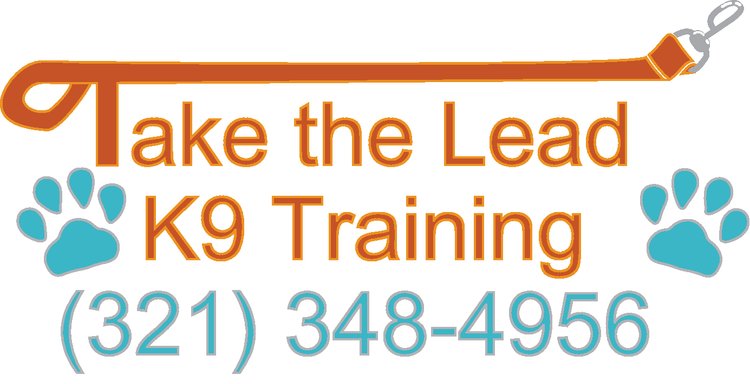Leash Reactivity and Crazy Drivers
I don't know about you, but when I am driving and see a car around me swerving onto the shoulder or back and forth between lanes, I get nervous. Immediately I get a gut feeling that tells me I need to get as far away from this car as possible, and a sense of anxiety about doing it. A whole swell of questions fill my mind as I quickly try to figure out what they are doing and what I should do about it.
"Are they drunk? Are they texting? Do they have any idea that they are driving dangerously? Do they even care about other people on the road?"
"Should I speed up and drive past this car? Should I slow down and stay away? Should I just blast my horn at him because I'm also trapped between cars on the road and can't get away?"
Stressful, right?
This is what your fear-driven leash reactive dog is going through when they are in close quarters with another dog on the street. They feel trapped, stressed, and have a lot of different impulses surging through themselves very quickly--especially if they perceive a lack of options in getting past the "threat."
When it comes to your leash reactive dog, space is always your friend. Every dog has a threshold of comfort before the "explode" and it's our job as their owner to do our best to keep them below that level. We have to be aware of when our dog is uncomfortable and advocate for them. Of course, through training and counter conditioning we can build their trust and increase their threshold of tolerance (like driving down a road of well steered cars without fear) BUT there will be times where it is important to realize the situation and be your dog's advocate. Walking past someone who has their dog in heel, calm, and collected is much easier than walking past someone who is clearly not in control of their dog. Put them in a bind and they'll "lay on the horn" like nobody's business to help create the space we didn't give them.
Watch carefully who's on the road with you--Flexi leashes, dogs zig-zagging back and forth, barking and dramatically changing speed while jerking their owners all about, get lots and lots of space from me. Prevent a problem and help your dog make good choices as you're training and working on reactivity. I'm doing my best to keep control of my dog and help my dog stay comfortable (thus trusting my judgement and leadership), so why should I say "let's just drive as close as possible to the swerving car on the road?" Help your dog understand that YOU understand some dogs are more of a threat than others. Help them start to trust your gut by seeing red flags :)

